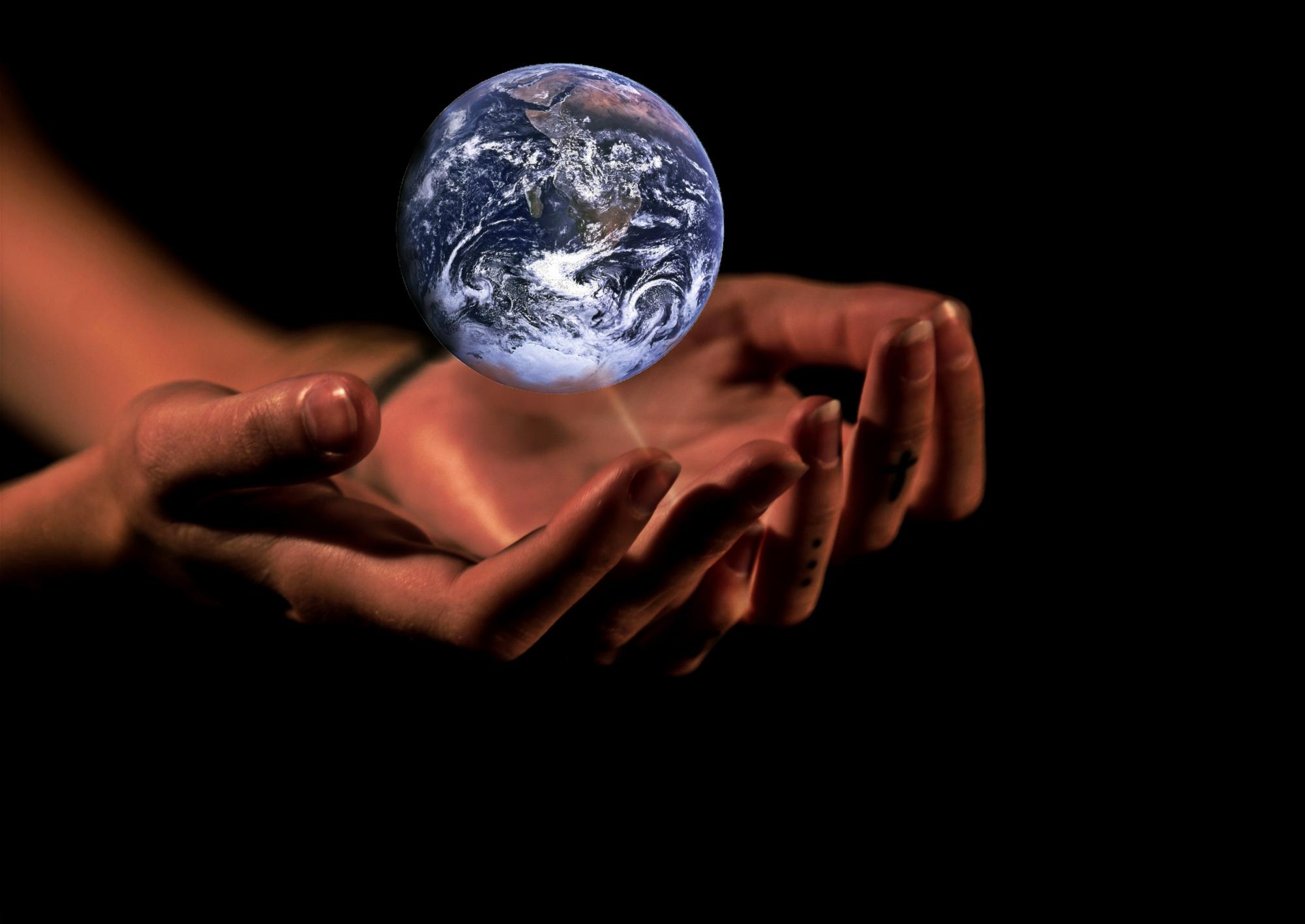This past Monday, April 22, was the 54th annual Earth Day, a day meant to recognize our Earth and engage in protecting the natural environment. Earth Day has a wide range of activities and projects managed by earthday.org. Earth Day’s goal is to raise awareness of environmental issues such as climate change and provide opportunities for citizens to become active in helping preserve the environment.
The first Earth Day was celebrated on April 22, 1970. Before this, Americans were consuming fossil fuels rapidly, worsening the effects of air pollution and climate change. With nothing to stop them, factories and early automobiles constantly spewed out smoke, leaving the sky with a dark and harmful haze. Although many people were unaware of the environmental effects and threats to human health that the massive consumption of fossil fuels caused, some people did notice the declining state of America’s environment. It wasn’t until Wisconsin Senator Gaylord Nelson and activist Denis Hayes decided to take action to establish Earth Day.
Nelson and Hayes choose to have Earth Day on April 22, due to its convenience. “They choose April 22, a weekday falling between Spring Break and Final Exams, to maximize the greatest student participation,” said earthday.org. What first started as motivating speeches to college students eventually became a national effort with people rallying for change. The initial Earth Days eventually led to a series of environmentally oriented laws, such as the Endangered Species Act, Clean Air Act, Clean Water Act, and Toxics Substances Control Act.
People celebrate Earth Day because it allows young people, especially students in K-12 and beyond, to become educated about the importance of preserving the Earth. It can teach them about the implications of human behavior on air pollution, water pollution, and deforestation. In addition, it allows people to make efforts and change their daily habits to help toward this goal. Communities partake in cleaning up parks, planting trees, and volunteering work.
Although you may not be able to contribute on a large scale or end climate change immediately, there are still things you can do to contribute to the efforts and goals of Earth Day. Properly disposing of products and recycling helps create a healthier Earth by conserving natural resources and saving energy. Many products have recycling labels on the back, which give instructions on how to recycle the product, although some products may vary from community to community. Rules regarding Tenafly’s recycling process can be found here. In addition, turning off lights or lamps when not in use can save energy and mitigate light pollution. Walking to school or riding a bike instead of taking a ride to school can also decrease carbon emissions while improving physical health.
Overall, Earth Day is a great way to recognize the efforts to improve our environment and raise awareness over the climate crisis and forms of pollution exacerbated by human action. Since its beginning, Earth Day has grown in popularity and become an international effort. In the end, it is important to recognize that the collective result of a community is stronger than the individual efforts. Implementing these small but simple actions will go a long way in the future for the well-being of Earth and future generations.








